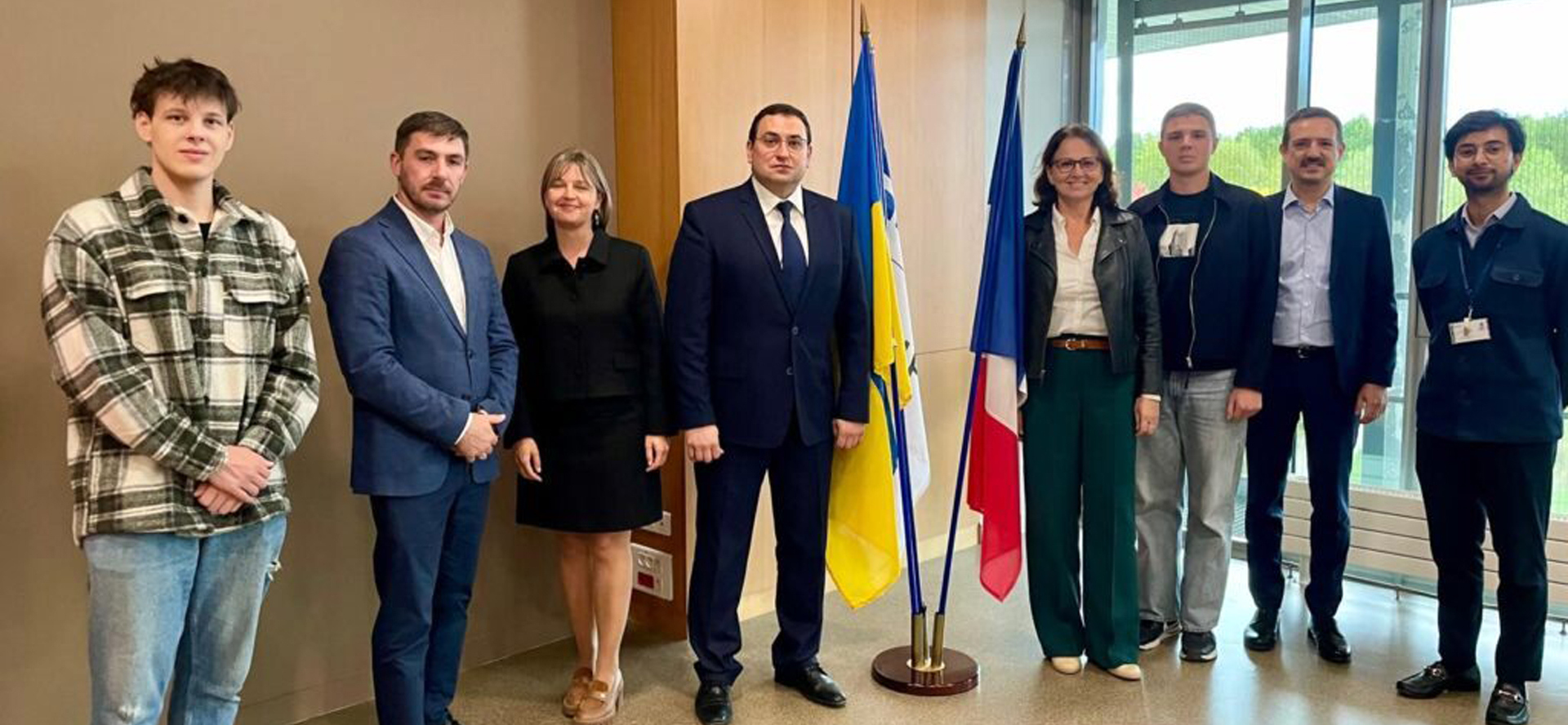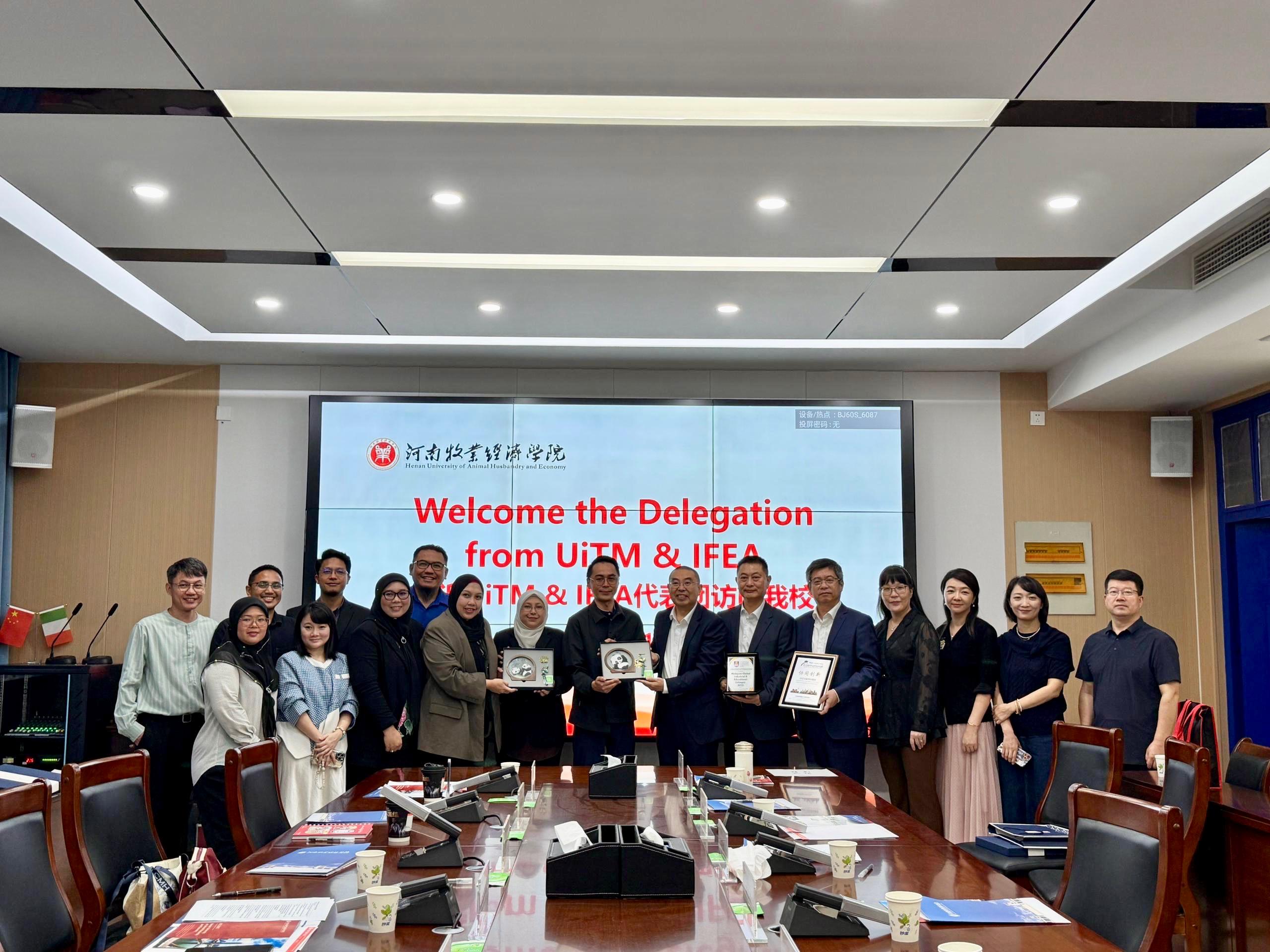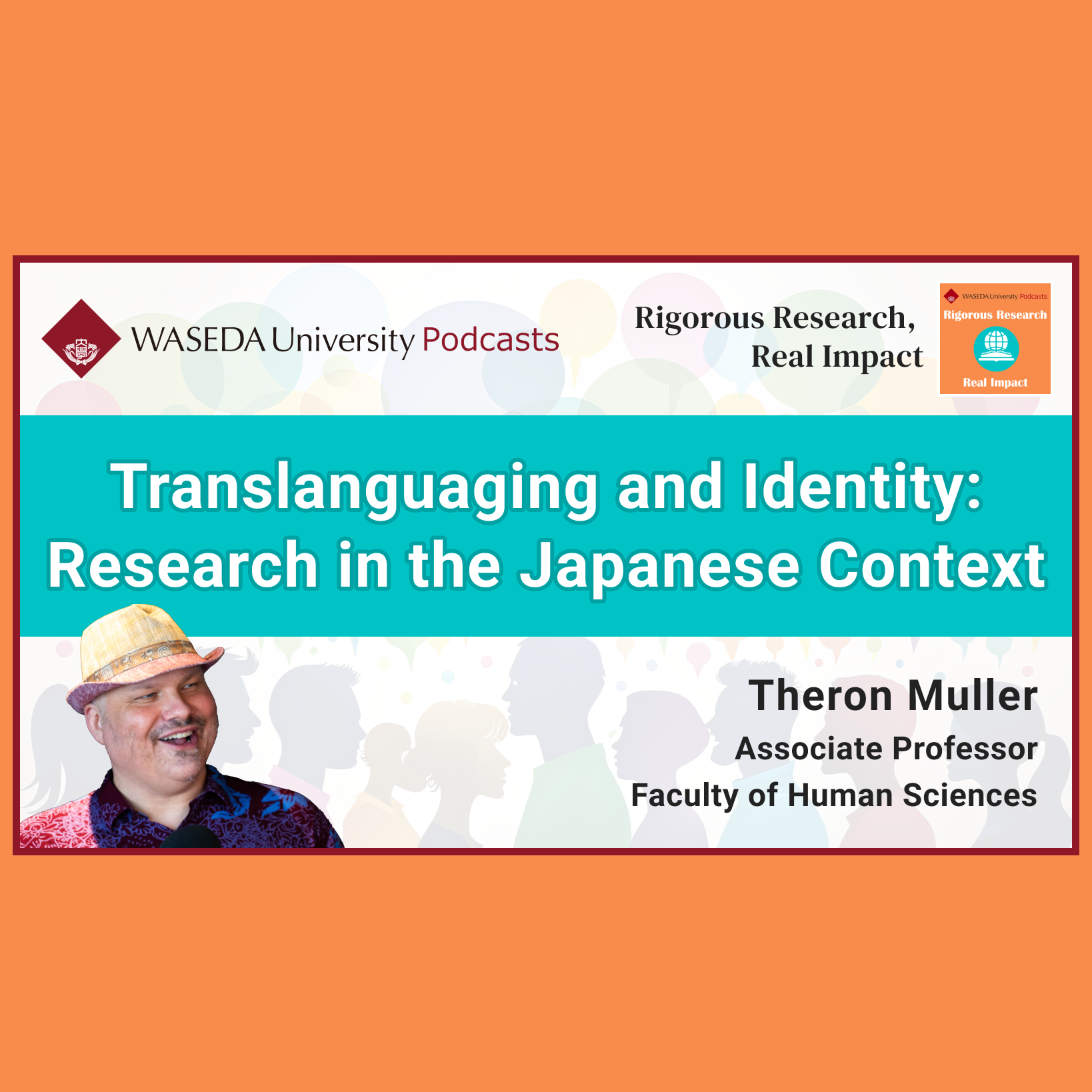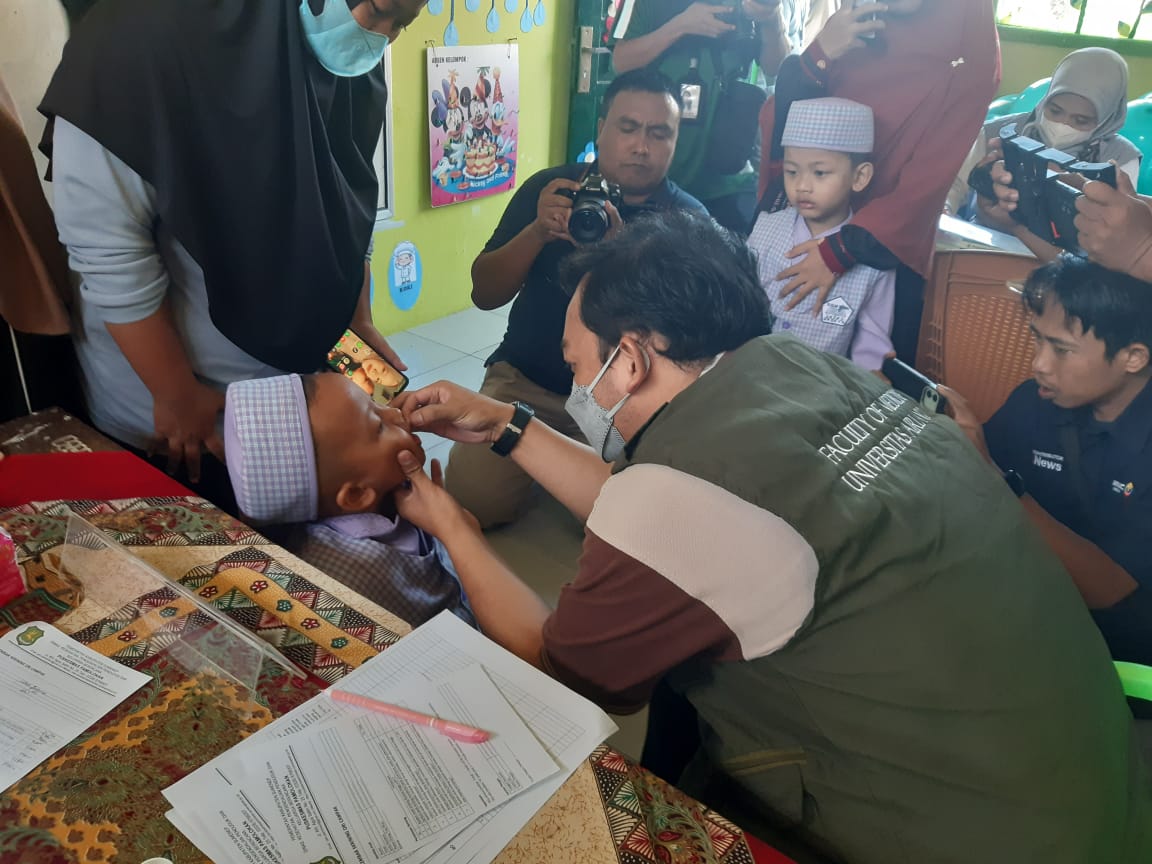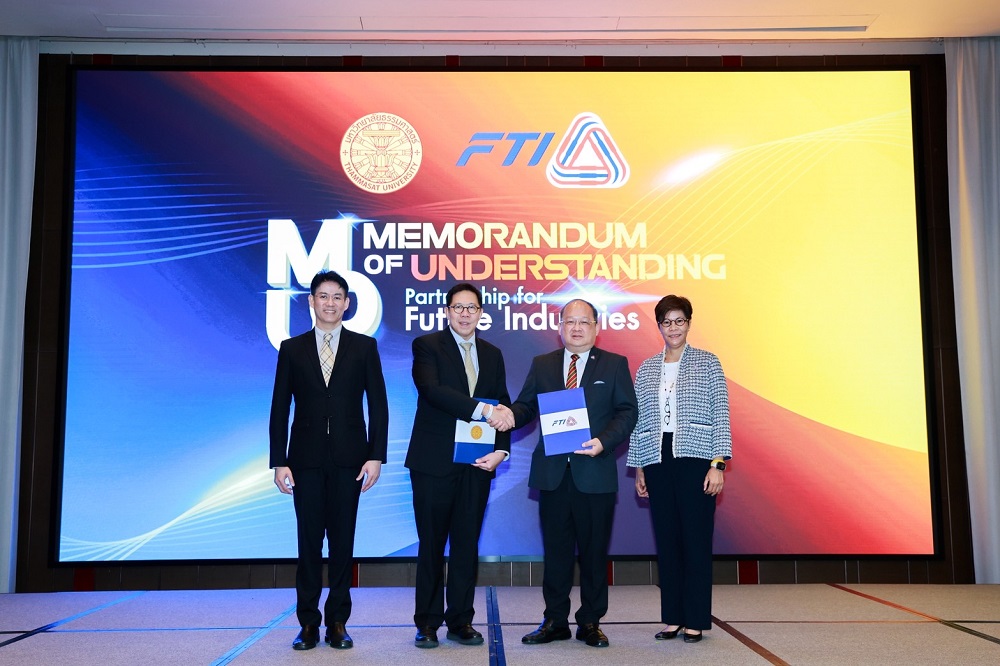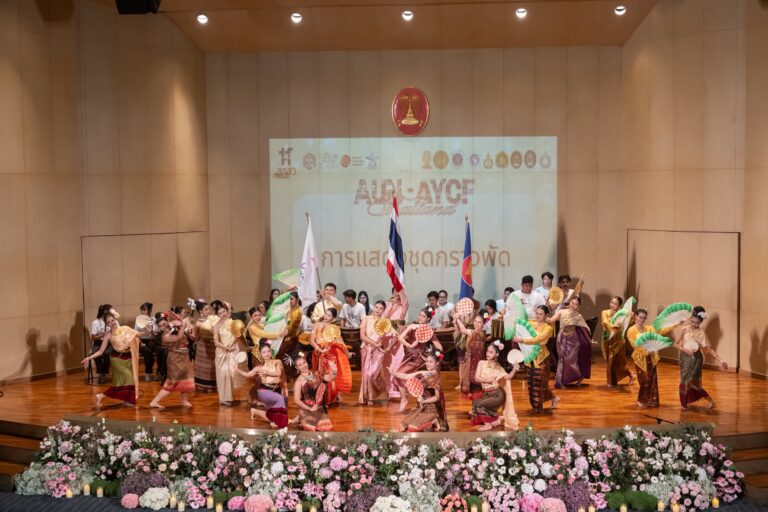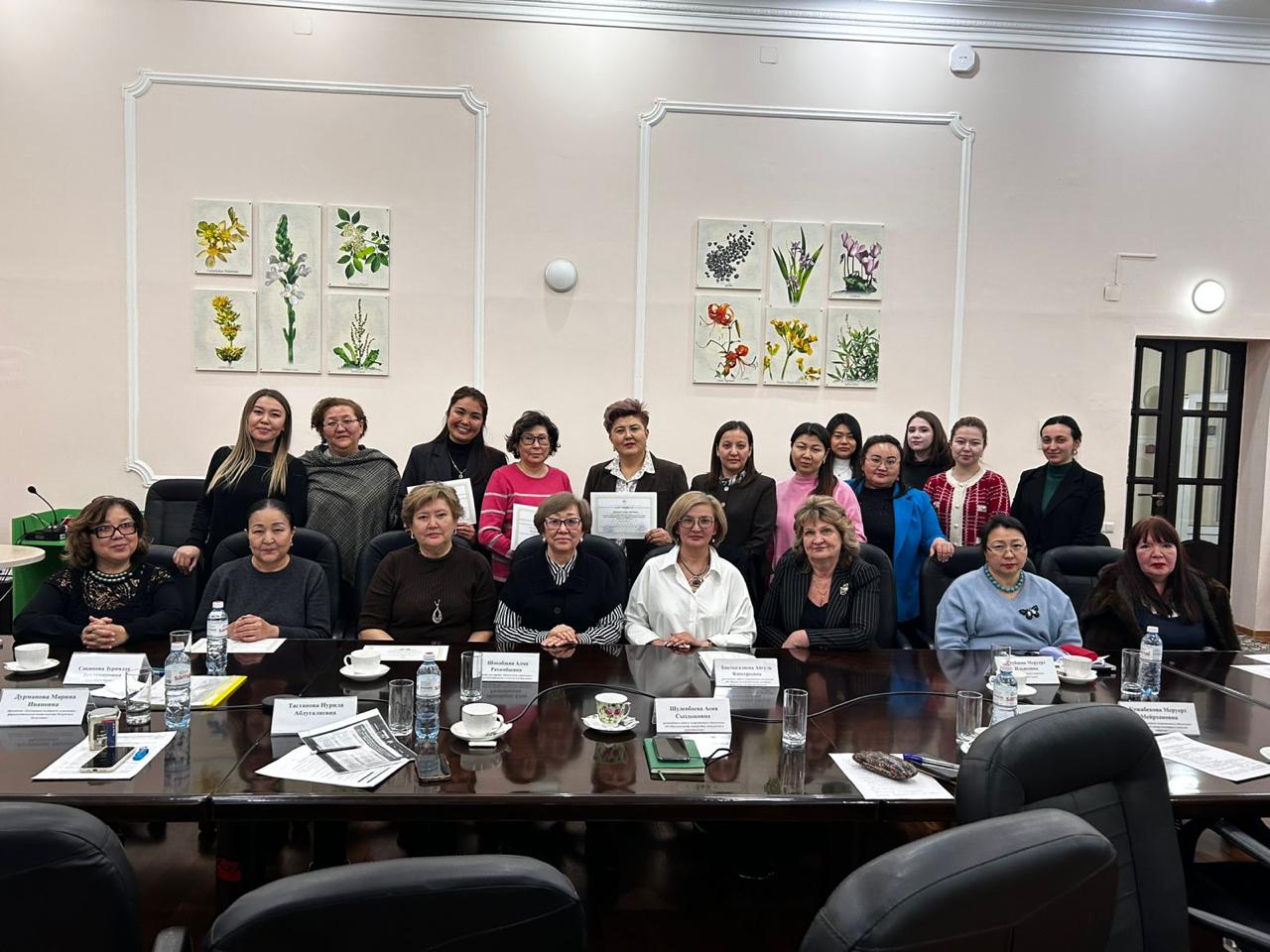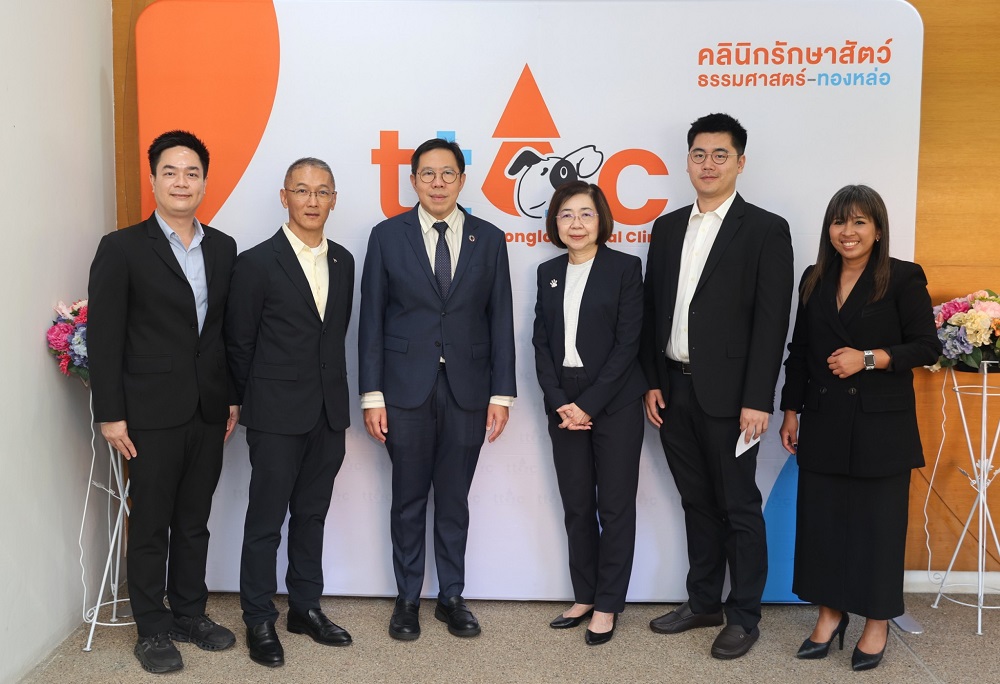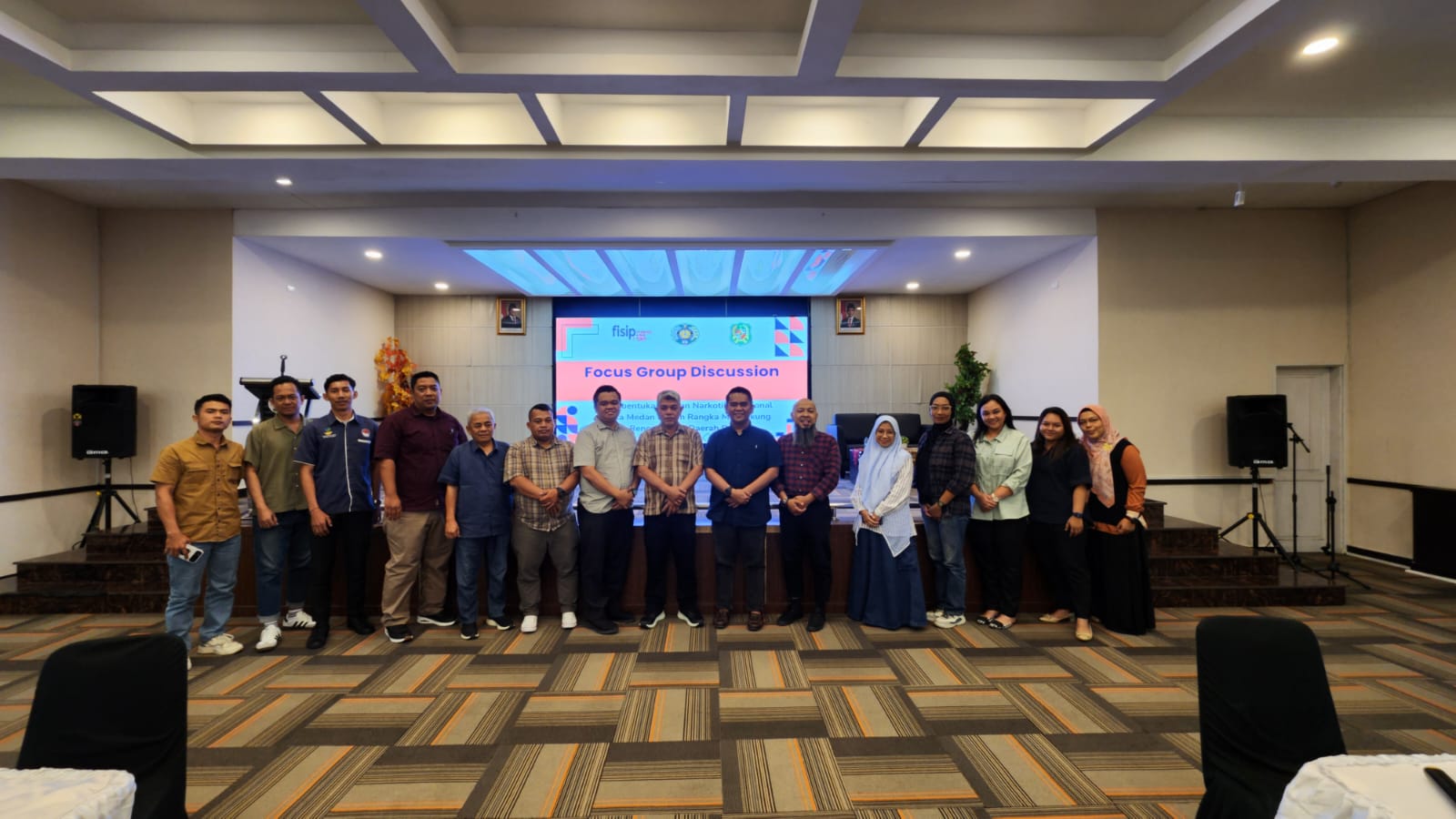The Faculty of Medicine Universitas Airlangga (FK UNAIR) is actively supporting the implementation of the Measles Outbreak Response Immunization (ORI) program in Sumenep Regency, East Java. The program runs from Monday, August 25, 2025, through Saturday, September 6, 2025, following the declaration of a measles outbreak that has already claimed multiple lives in the region.
The measles outbreak response is being carried out in collaboration with the Ministry of Health (Kemenkes), the East Java Provincial Health Office, the Sumenep Regency Health Office, FK UNAIR, and the Faculty of Public Health. On Wednesday (August 27, 2025), FK UNAIR Vice Dean III Dr. Sulistiawati, dr., M.Kes., stated that the urgent demand for physicians in the ORI program prompted UNAIR’s involvement.
“Vaccination teams on-site are fully staffed, but additional physician support remains necessary, especially for advocacy and supervision. That is why FK UNAIR deployed a team, particularly from the Department of Pediatrics,” she explained.
The FK UNAIR team was dispatched in three waves. The first group, led by dr. Dwi Yanti Puspitasari, DTMH, MCTM, Sp.A(K), along with dr. Alpha Fardah Athiyyah, Sp.A(K), and other pediatric residents, immediately coordinated with the Ministry of Health and local officials to identify areas with the lowest immunization coverage.
“Our support is focused on communities where ORI coverage is still below 10 percent. One example is TK Qurrota Ayun, where 200 children were targeted for vaccination,” explained dr. Athiyyah.
Alongside immunizations, the team also conducted educational sessions for parents and healthcare workers, while overseeing screening and post-vaccination monitoring.
In addition to assisting with vaccinations, the FK UNAIR team ensured that healthcare workers were prepared to manage potential Adverse Events Following Immunization (AEFI). Public outreach efforts emphasized the importance of measles vaccines and the proper medical response to possible side effects.
“The critical message is that measles is highly contagious and can be fatal if not prevented through immunization. Vaccination not only protects children individually but also safeguards the community,” stressed dr. Puspitasari.
Preliminary reports show that the number of measles patients at Sumenep General Hospital has decreased from 22 to 6. However, fatalities caused by pneumonia-related complications remain a serious concern. “Most patients arrive late and already in severe condition, making treatment extremely difficult,” said dr. Puspitasari.
She also emphasized that ORI is provided to all children within the eligible age group, regardless of their prior vaccination history. “The goal of ORI is to protect every child. The decision is based on the child’s health at the time of vaccination. If the child is sick or has a fever, the vaccine is postponed. If healthy, the vaccine is administered,” she explained.
By carrying out ORI simultaneously, health officials hope to expand vaccine coverage and curb measles transmission. Through collaboration between national and regional authorities and academic institutions, UNAIR continues to strengthen its role in advancing public health while contributing to measles outbreak response efforts in Indonesia.




